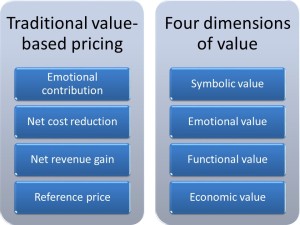 Michael Porter’s influence on strategic management can hardly be overemphasized. While his work has come under increasing criticism, it remains vitally relevant. Porter has been able to answer much of the criticism, but the critics have also been able to spot some holes in Porter’s frameworks.
Michael Porter’s influence on strategic management can hardly be overemphasized. While his work has come under increasing criticism, it remains vitally relevant. Porter has been able to answer much of the criticism, but the critics have also been able to spot some holes in Porter’s frameworks.
In this post, I will examine Porter’s main frameworks for strategic analysis, the five forces analysis (industry analysis) and value chain analysis (relative analysis), and point a way towards a “Porter plus” approach that uses Porter’s frameworks as a basis, but adjusts and augments them with crucial insights from others, notably on dynamic capabilities.
For a comprehensive view on Porter’s strategic thinking that spans a large number of books and articles, I recommend Joan Magretta’s Understanding Michael Porter: The Essential Guide to Competition and Strategy, which collects and updates Porter’s thinking up to 2011. It also points at some of the criticism directed at Porter, although perhaps not to the most important pieces.
Continue reading “A Porter plus approach to strategic analysis”
 A change in marketing logic is underway. The perception that markets are a place where goods are exchanged for money is being replaced with a more nuanced view of service as the fundamental basis of exchange and value as subjective, consisting of multiple dimensions, and realized only through use.
A change in marketing logic is underway. The perception that markets are a place where goods are exchanged for money is being replaced with a more nuanced view of service as the fundamental basis of exchange and value as subjective, consisting of multiple dimensions, and realized only through use.













